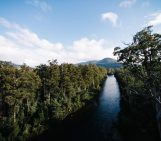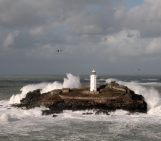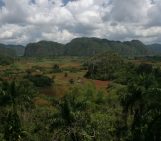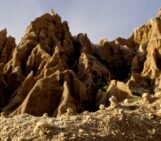
This picture shows a Quaternary aeolianite fossil dune at the Escullos beach, in the Nature Reserve of Cabo de Gata (Almeria, Spain). Originally a soft accumulation of sand grains, shaped by the wind into large mounds and ridges, the dunes eventually turn into rock. As the sediments compact under their own pressure and expel any moisture and fluids retained within them, they become lithified and become the structure seen in this week’s Imaggeo image. This particular example is a richly fossilifeorous and contains abundant cidaroid spines. Cidaroids are primitive forms of sea urchins, but unlike the more familiar, well rounded spike covered sea hedgehogs, their spikes are much more separated and sparse.
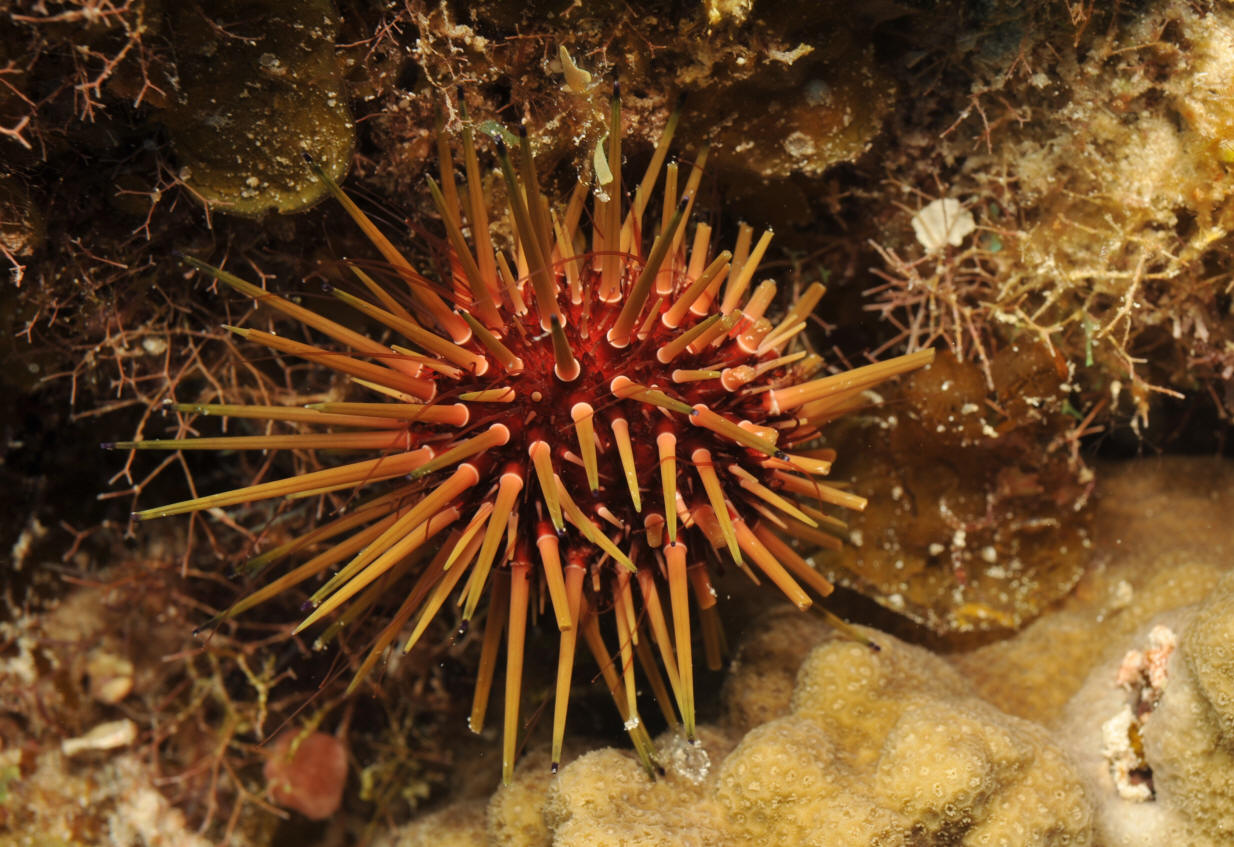
A present day cidaroid. Note the sparse and relatively flat spines. Credit, Alicia Morugán.
Almeria is the eastern most province of Andalucia, located in South East Spain. Almeria province is geologically very interesting as the relationships between tectonics, sedimentary geology and geomorphology are evident throughout the landscape. The province lies within the Baetic Cordillera, an Alpine mountain chain resulting from the collision of the micro-Iberian and African plate from Late Mesozoic to Middle Cenozoic times. This characteristic makes it very tectonically active. Furthermore, Almeria province has the driest climate in Europe, resulting in mean annual precipitation of less than 300 mm. In terms of geomorphology, quaternary alluvial fans are the most common structure in the region. Geologically speaking, aeolianite rocks are the most common rock in the region. A final thanks: thanks Maria Burguet for support editing the picture.
By Alicia Morugán, Universitat de València, València, Spain
Imaggeo is the EGU’s online open access geosciences image repository. All geoscientists (and others) can submit their photographs and videos to this repository and, since it is open access, these images can be used for free by scientists for their presentations or publications, by educators and the general public, and some images can even be used freely for commercial purposes. Photographers also retain full rights of use, as Imaggeo images are licensed and distributed by the EGU under a Creative Commons licence. Submit your photos at http://imaggeo.egu.eu/upload/.

